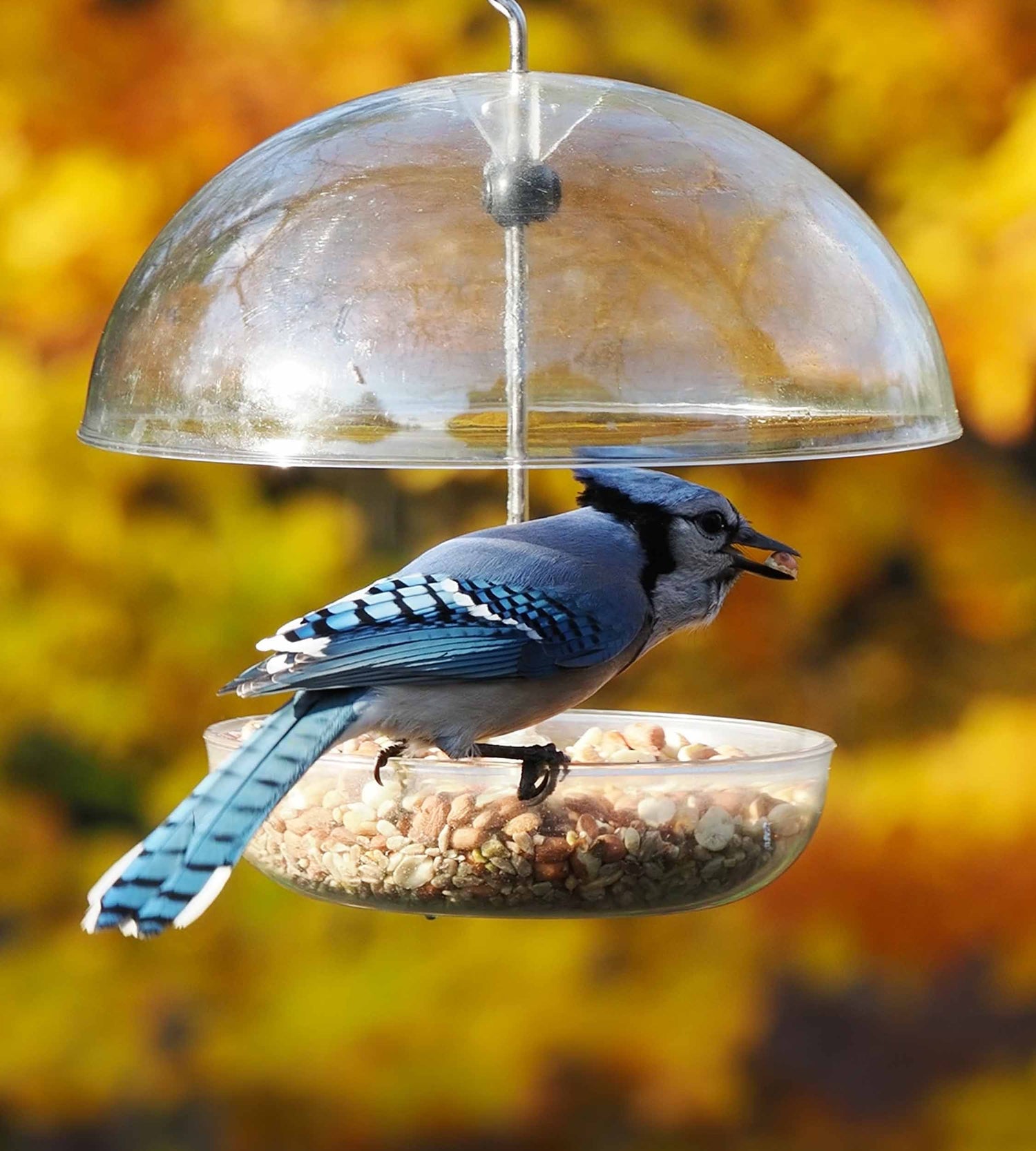Feeding hummingbirds can be a rewarding experience. It's a chance to contribute to their well-being while enjoying their beauty.
But what's the best way to feed these tiny creatures?
This guide will show you how to make hummingbird food at home. It's a simple process that requires just a few ingredients.
By following our step-by-step guide, you'll create a safe and nutritious food source for hummingbirds. You'll also learn about the importance of the correct sugar water ratio and the role of fresh fruit.
The Importance of Homemade Hummingbird Food
Creating homemade hummingbird food offers many benefits. It ensures that the food is fresh and free from harmful additives.
Commercial mixes often contain preservatives or dyes that may harm hummingbirds. By making your own, you control the ingredients.
Providing fresh food helps attract more hummingbirds. It supports their nutritional needs, encouraging them to visit your garden often.
Simple Ingredients for Your Hummingbird Food Recipe
Crafting a hummingbird food recipe is easy. You only need two basic ingredients, both accessible and affordable.
Here's what you'll need:
- Refined white sugar
- Clean water
Use refined white sugar for the best results. Other sweeteners can be unsafe for hummingbirds.
Measure one part sugar to four parts water. This sugar water ratio closely matches natural nectar. It ensures the hummingbirds receive a nourishing and familiar food source.
Step-by-Step Guide: Mixing the Perfect Sugar Water Ratio
Creating the perfect hummingbird food is straightforward. Follow these steps for a reliable mix every time.
- Start by boiling water to help dissolve sugar.
- Mix one cup of refined sugar into four cups of boiling water.
- Stir until sugar fully dissolves.
- Let the mixture cool to room temperature.
Boiling the water not only aids in dissolving the sugar but also helps remove any impurities. Make sure it's completely cool before pouring it into your bird feeder. This ensures the hummingbird food is both safe and appealing.
Boiling and Cooling: Ensuring Purity and Safety
Boiling water is more than a mixing step. It purifies, ensuring the sugar blend is safe for birds. This step is crucial in preventing health risks from impurities.
After boiling, let the sugar water cool completely. Hot mixtures can damage feeders and harm hummingbirds. Ensure it's at room temperature before use.
Never rush the cooling process. Patience ensures safety. Proper cooling also preserves the integrity of the feeder materials, allowing your hummingbirds to feed without issues.
Fresh Fruit and Other Natural Attractants
Fresh fruit can be a great addition to your hummingbird-feeding routine. It offers extra nutrients and attracts more birds. Simply place overripe fruit near the feeder.
Consider these fruits for attracting hummingbirds:
- Sliced bananas
- Diced apples
- Grapes
Using fresh fruit not only attracts hummingbirds, but also encourages other birds. This creates a lively feeding area. Always ensure the fruit is safe and free of pesticides.
Feeder Maintenance: Cleaning and Refilling
Regular cleaning of your bird feeder is crucial. It helps prevent mold and bacteria from growing. Use hot water and mild soap for cleaning.
Rinse thoroughly to remove any soap residue. Frequent refilling ensures the hummingbirds always have fresh food available. This consistency keeps them coming back.
Remember to replace the hummingbird food every few days. This is especially important during hot weather. It keeps the food fresh and safe for the birds.
Creating a Hummingbird-Friendly Environment
An inviting environment is key to attracting hummingbirds. Incorporate native plants that produce nectar. This provides a natural food source for these birds.
Water sources, like birdbaths, also appeal to hummingbirds. Ensure they're clean and shallow for safe use. This encourages frequent visits.
Avoid using pesticides and chemicals in your garden. These can harm hummingbirds. Natural growing methods are best for a safe habitat.
Consider placing multiple feeders at various spots. This reduces territorial disputes among the birds. A harmonious environment keeps them comfortable and coming back.
Conclusion: Enjoying Your Backyard Birds
Feeding hummingbirds brings joy and satisfaction. Watching them dart around your garden is a thrilling sight. Their presence brings life and color to outdoor spaces.
Patience is key when attracting these tiny birds. Consistent feeding helps build their trust. Over time, they will feel at home in your garden.
Share your success with others in your community. Encourage them to support hummingbirds too. Together, you can help preserve these beautiful creatures for generations to come.







